
Preview
Material for Exam 4 - Spring 2002
Print
the PDF version (no pictures, better for printing)

The early voyages to the New World took months. In the first ship, upon first leaving England, there were 20 rats on board. Life on board the ship was good for the rats. There were no cats or dogs on this particular ship and the grain to start the new colony was stored in the hold. When the ship arrived in New England 12 months later, there were 60 rats that colonized the new world along with the pilgrims.
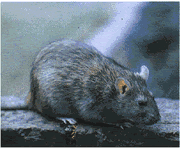
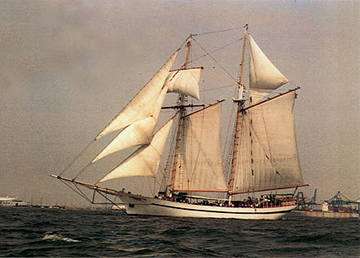





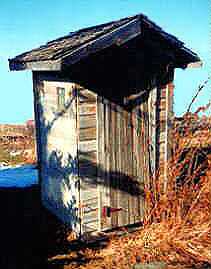
When frightened, the frogs often secrete a repellent skin toxin. Microscopic analysis of the secretory cells reveals that they are not spherical, but elongated tongue-shaped cells.
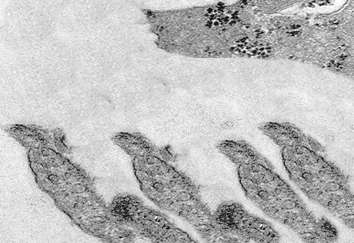
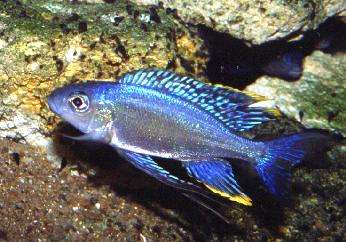
|
Male
Territory size
|
#
males that successfully attract mates
|
#
males that do not attract mates
|
|
1
m
|
23
|
22
|
|
5
m
|
50
|
51
|
|
10
m
|
10
|
10
|
|
Difference
in fin lengths in pairs of pelvic fins
|
#
males that successfully attract mates
|
#
males that do not attract mates
|
|
0
mm
|
50
|
1
|
|
2
mm
|
8
|
23
|
|
4
mm
|
1
|
16
|
|
Tritan
gene sequence
|
Blue
visual pigment production
|
Ability
to distinguish blue wavelengths
|
Number
of alleles needed to show effect
|
| TTT TAA AAT |
yes
|
yes
|
2
|
| TTT CAA AAT |
no
|
no
|
1
or 2
|


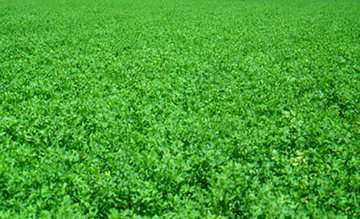
A farmer starts a field of alfalfa from seeds. The seeds will germinate and develop into mature plants that will be used to feed chickens that in turn are eaten by humans. In order to increase the crop the farmer takes two actions:
- addition of fertilizers to the soil (the fertilizer contains nitrogen and phosphorus)
- spraying the plants with a pesticide (long lasting, non-biodegradable) that kills insects that eat the alfalfa leaves
